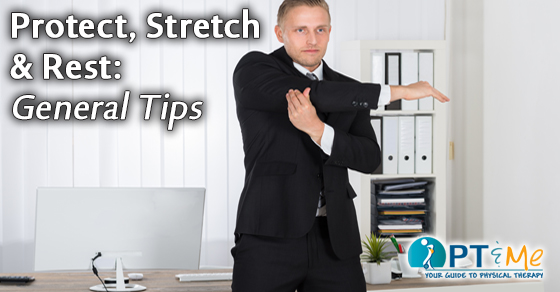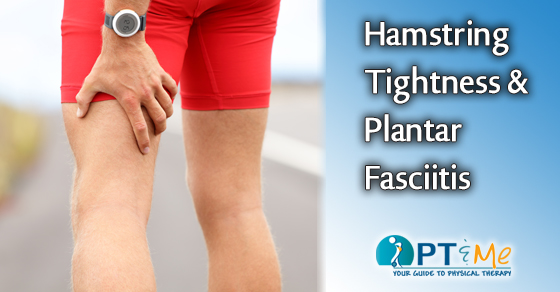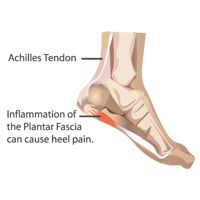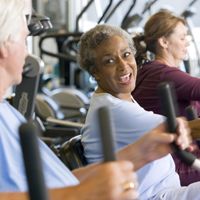INCREASED RISK ZONES
All Risks Increase with Duration, Frequency and Magnitude.
• Excessive Force
• Repetition of Activity (Can irritate tendons and increase pressure on nerves)
• Awkward Posture (Can compress nerves and irritate tendons)
• Sustained Static Posture (Can restrict blood flow and damage muscles)
• Unsupported Positions
• Motion (Increased speed or acceleration when bending / twisting, can increase the amount of force exerted on the body)
• Compression (Grasping sharp edges like tool handles, can concentrate force on small areas of the body, reducing blood flow and nerve transmission, and damaging tendons and tendon sheaths)
• Inadequate Recovery Time (Overtime, lack of breaks, & failure to vary tasks)
• Vibration of Tools (From vibrating tools, can decrease blood flow, damage nerves, and contribute to muscle fatigue)
• Whole Body Vibration (From driving trucks or operating subways, can affect skeletal muscles and cause low-back pain)
• Effects of Temperature (Cold temperatures can adversely affect a worker’s coordination and manual dexterity while Heat stroke can be very serious as when the body becomes unable to control its temperature, it rises rapidly, the sweating mechanism fails, and the body is unable to cool down.)
• Environment (Slip/Fall hazard-Uneven Floor Surfaces)
• Material Handling Guidelines:
Weight Loading over 50lbs
Lift Speed greater than 5/minute
Vertical Lift Exceeds 3ft
Carry over 1 minute
Sustained Push/Pull over 30 seconds
Static reach holding tasks over 1 minute
Part two of our Work Related Stress & Increased Risk Zones can be found here
Sources:
1) Ergonomics: The Study of Work, U.S. Department of Labor, Occupational Safety and Health Administration, OSHA 3125, 2000 (Revised)
2) T. R. Waters, “Manual Materials Handling”, in: Physical and Biological Hazards of the Workplace 2nd. Edited by P. Wald and G. Stave. New York: John Wiley and Sons, 2002.
3) Ergonomics and Musculoskeletal Disorders, Centers for Disease Control and Prevention/ National Institute for Occupational Safety and Health (NIOSH) © Fit2WRK 2015 R.Gagne














